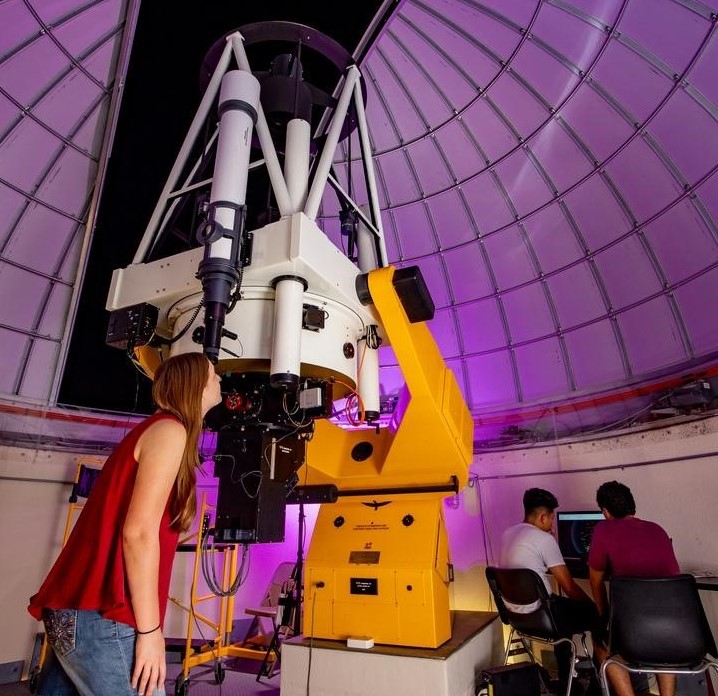Document Type
Article
Publication Title
The Astrophysical Journal
Abstract
The coalescence of a binary black hole can be accompanied by a large gravitational recoil due to anisotropic emission of gravitational waves. A recoiling supermassive black hole (SBH) can subsequently undergo long-lived oscillations in the potential well of its host galaxy, suggesting that offset SBHs may be common in the cores of massive ellipticals. We have analyzed Hubble Space Telescope archival images of 14 nearby core ellipticals, finding evidence for small (≲ 10 pc) displacements between the active galactic nucleus (AGN; the location of the SBH) and the center of the galaxy (the mean photocenter) in 10 of them. Excluding objects that may be affected by large-scale isophotal asymmetries, we consider six galaxies to have detected displacements, including M87, where a displacement was previously reported by Batcheldor et al. In individual objects, these displacements can be attributed to residual gravitational recoil oscillations following a major or minor merger within the last few gigayears. For plausible merger rates, however, there is a high probability of larger displacements than those observed, if SBH coalescence took place in these galaxies. Remarkably, the AGN-photocenter displacements are approximately aligned with the radio source axis in four of the six galaxies with displacements, including three of the four having relatively powerful kiloparsec-scale jets. This suggests intrinsic asymmetries in radio jet power as a possible displacement mechanism, although approximate alignments are also expected for gravitational recoil. Orbital motion in SBH binaries and interactions with massive perturbers can produce the observed displacement amplitudes but do not offer a ready explanation for the alignments.
DOI
10.1088/0004-637X/795/2/146
Publication Date
11-10-2014
Recommended Citation
Lena, Davide; Robinson, Andrew Edward; Marconi, Alessandro; Axon, David J.; Capetti, Alessandro; Merritt, David; and Batcheldor, Daniel P., "Recoiling Supermassive Black Holes: A Search In The Nearby Universe" (2014). Aerospace, Physics, and Space Science Faculty Publications. 286.
https://repository.fit.edu/apss_faculty/286


